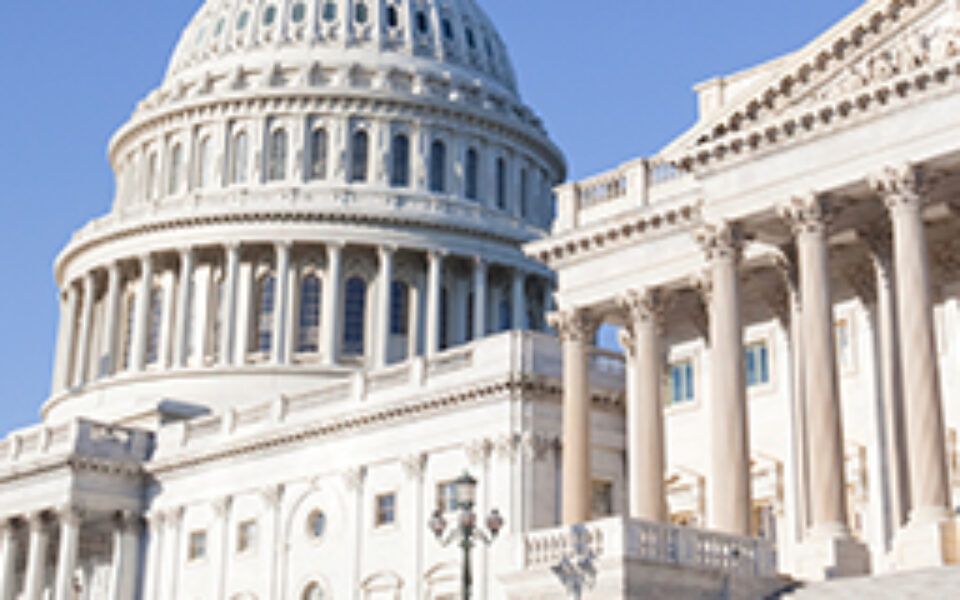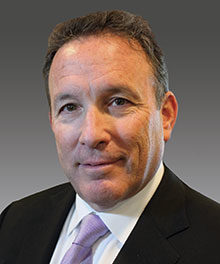Back Together Again: A Divided Congress No More

Was this a week for election-watchers, or what? Talk about drama! The upheaval on Capitol Hill and in statehouses around the country is either great news or rotten news, depending on where you sit. But party aside, I, for one, think there will be more positives than negatives in finally having a unified Congress after so many years of legislative stalemate and political rancor. Maybe our elected leaders will actually be able to get something done in Washington. Especially considering President Obama is on the back nine of his lame-duck term and may actually start to think about his legacy as President.
It is nearly impossible to get anything substantive accomplished with the House and Senate under different party control. Hence, President Obama’s resorting to Executive Order to sidestep the morass. Since Congress has no such option, our lawmakers dusted off and polished up their own tactic of last resort – the much-dreaded filibuster. More than 100 filibusters were attempted in the first six months of 2013 alone. Less than a century ago, you might have seen just one in any Congressional session.
How can anyone of either party effectively lead in an environment of such dysfunction? It’s like trying to reason with a child threatening to hold their breath until they collapse. You know they’re going to have to let it out sometime, but they are beyond all rational discussion.
Now that we’ve got a unified Congress, maybe we’re finally looking at a period of decision-making when our representative leaders will have no excuse not to put their names on the line and vote yay or nay when a bill comes before them. Isn’t that supposed to be their job?
Interestingly, Economist Jeffrey Dorfman wrote a column for Forbes yesterday in which he calculated what kind of impact a unified Congress has on economic growth, over two different timeframes. It turns out, a unified Congress is a good thing, economically speaking. In the longer term (from 1947-2014), Dorfman found that out of five possible political scenarios, a government with a divided Congress was the least effective, producing annual growth of only 2.4 percent. In contrast, having a Democratic President and a Republican Congress – the scenario we’re in now – produced 3.7 % growth. In the shorter term, the Democratic White House-Republican Congress combination performed the best out of all the scenarios from 1977 to now, with a growth rate of 3.9 percent.
It’s enough to give me hope that the elections of 2014 will do more than just send a message and turn the tables. If we’re very lucky, they may just put the country back on the path to a functioning government.
What will be on those ballots that our newly elected leaders will vote on? Things that are very important to us as business owners. Tax reform. Energy policy. International trade. Healthcare (scaling back the Affordable Care Act is almost certain and repeal is not completely out of the question). Regulation of the financial services industry (they are likely to look for ways to loosen the grip of the Dodd-Frank Act).
Whatever comes, I look forward to a time when obstructionism and parliamentary procedural tactics give way to legislative leadership, and legislating has the opportunity to return to service in the interest of the electorate. That would be us.
If we end up with an environment of effective, representational leadership, then I can have hope for the things that matter most to me and probably to you, too – my children’s future, the future of my business, the future of my clients, and the future of the country.
Bruce Ditman and Julie Gross Gelfand contributed to this blog.
